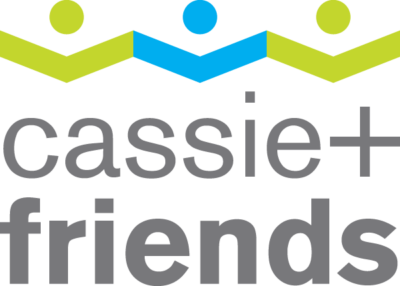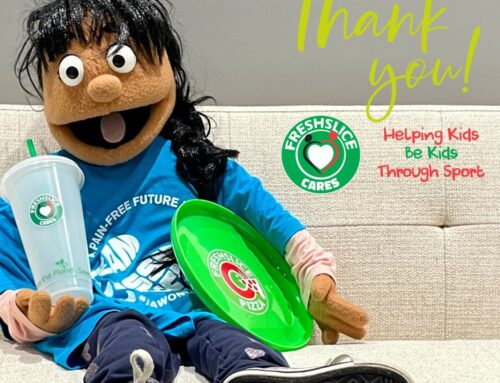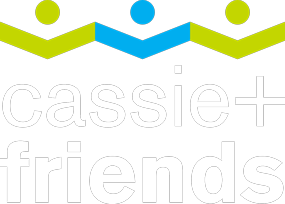Gillian Shaw, Vancouver Sun
Published: Wednesday, December 12, 2007
When Cassie Porte was born almost three years ago she was a happy, healthy baby.
That lasted until she was 20 months old, when all of a sudden one morning she couldn’t walk.
“We picked her up out of her crib and she couldn’t walk — her knee was bending and collapsing under her,” said her father, David Porte. “We went to the emergency department, they took X-rays; they thought something was wrong with the knee, that she had injured it.
“Then they thought maybe it was a virus or an infection.”
When all that was ruled out the diagnosis came as a shock.
It was juvenile arthritis, a painful auto-immune disease that Porte and his wife, Dr. Debbie Setton, who is an anesthesiologist, expected to see in older people — not in their toddler.
“When they said it was arthritis, I didn’t think it was possible,” Porte said. “We never would have imagined that — she’s two years old, not 102.
“I thought, ‘there is something wrong here.’ This is not something people associate with children and nor did we. We know older people get arthritis but with kids it is an unknown thing.”
Unknown perhaps but not that unusual.
Pamela Clarke, vice-president of development for the Arthritis Society, BC and Yukon, said one in 1,000 children under the age of 16 has the disease in Canada.
“It is a very common chronic childhood condition,” she said. “In every elementary school in the province, statistically there would be at least one child with arthritis and it is even higher with first nations populations.”
It masquerades as other ailments, a factor that can delay diagnosis and treatment.
“If it is diagnosed accurately and treated very quickly within a three-month window the prognosis for the child is very good,” Clarke said. “It gives them the best chance of going into remission.”
Clarke knows from firsthand experience.
Her daughter, now 13, was diagnosed two years ago and Clarke attributes an early diagnosis to her successful treatment and current remission.
Like Cassie, the onset was sudden and unexpected.
“I was putting sunscreen on her and her knee started to swell,” said Clarke. “She hadn’t done anything and her knee swelled to the size of a cantaloupe right in front of me in a matter of minutes.”
Her daughter spent a month in a cast but when the cast came off, the knee was still swollen. A referral to a pediatrician and a battery of tests ended with the diagnosis and treatment.
“I firmly believe she went into remission so quickly because she was treated so quickly,” Clarke said.
The pediatrician who ordered the tests phoned Dr. Ross Petty, professor emeritus at the University of B.C., a renowned world expert in pediatric rheumatology and the doctor who is consulted on most of the childhood cases here, Clarke said.
His work has spurred a campaign to endow the Dr. Ross Petty chair in rheumatology, a $3.5 million initiative that so far has raised $500,000 in a contribution from UBC, another $250,000 from the Arthritis Society and $40,000 from Cassie and Friends Fund for Children with Juvenile Arthritis.
Cassie and Friends had its start when Porte canvassed donors to support him in a fundraising run for the disease that his daughter was suffering from.
“When we started on our journey with this and we started on fundraising around the run, I realized I could do something,” he said. The run was the Scotiabank Charity Challenge in June of this year. Porte decided to do the five-kilometre option and in the coming year he plans to up that to the half marathon.
“I sent an e-mail to friends and family and I figured we’d raise a couple of thousand and we’d match all the donations,” Porte said. “When I woke up the next morning already $1,500 had been pledged and people kept giving and giving and giving.
“I went out to lunch with one guy I know and he said, ‘tell me about your run and your daughter.’ He said, ‘I want to do something,’ and he gave me a cheque for $1,000.”
The generosity of people who heard of Cassie’s story and that of other children suffering from a disease most often regarded as an older person’s ailment spurred the creation of the Cassie and Friends Fund that was officially formalized under the Arthritis Society earlier this month.
As Clarke recalls, that was thanks to the persistence of Porte’s mother and his aunts.
“It was pouring rain during the run and I was standing under a tent with David’s mother and his two aunts,” Clarke said. “They said, ‘you need to form a fund, you need to do that now.
“‘You should call it Cassie and Friends and that was the birth of it.”
The disease affects some 5,000 children in B.C. and Clarke said even small contributions could add up quickly to see the UBC chair fully endowed.
“If each of those families contributed a dollar a day, we’d be well on our way to achieving this chair,” she said.
Cassie’s seven-year-old brother Benjamin is doing his part. After Halloween, he and neighbouring five-year-old twins set up a candy sale on the street. He phoned his father to proudly report the day’s take.
“He said, ‘guess how much we made?” Porte started guessing at $3 and was amazed when his son announced the total was $36.
From Porte’s experience, the help comes not just from extended families but from friends, business associates and even acquaintances who are touched by the suffering of children experiencing the pain of the disease.
The diagnosis has been hard on Cassie and her family and the struggle to find a medication that will put the disease into remission continues. It started with her knee and has spread to her ankles and her fingers. She has been on steroid injections, with one in her knee and four in her ankle with injections every week. This all comes as the family is touched by the generosity of the people contributing to Cassie and Friends.
Porte said her fingers are too small for the injections. “It has been terrible and amazing at the same time, this journey,” she said.
Photo by Pink Sherbet Photography





